Understanding the stages of grief
A Reflection on Elisabeth Kübler-Ross’s Pioneering Work
When Dr. Elisabeth Kübler-Ross published On Death and Dying in 1969, she fundamentally changed the way we speak about death and grief. Drawing from interviews with hundreds of terminally ill patients, she identified a common emotional pattern many individuals experience when facing their own mortality. This pattern became known as the five stages of grief: denial, anger, bargaining, depression, and acceptance.
Her work provided language and structure to the complex and often overwhelming emotional experience of grieving, and in doing so, she humanized the dying process in a medical world that often prioritized treatment over tenderness.
As a death doula serving individuals and families navigating serious illness and end-of-life transitions, I return to this framework often—not because it offers easy answers, but because it offers a starting point for deeper understanding. In this first post of a four-part series exploring On Death and Dying, we’ll take a closer look at these five stages and how they can support caregivers, loved ones, and the dying person.
The Five Stages of Grief: A Framework for Understanding
Kübler-Ross emphasized that her grief model was not meant to be rigid or universal. Not everyone experiences all five, and they don’t necessarily unfold in order. Grief is not linear. These stages are better viewed as emotional states that people may move through, revisit, or skip entirely depending on their own journey.
1. Denial
This stage is a defense mechanism that softens the impact of distressing news. For the dying, it may sound like, “This can’t be happening to me.” For loved ones, denial can manifest as emotional numbness or an intense focus on practical tasks.
2. Anger
Anger is a valid response to the loss of control and the unfairness of illness or death. It may be directed at medical professionals, family, or even spiritual beliefs. Understanding that anger is part of grief helps caregivers respond with compassion instead of fear.
3. Bargaining
This stage often includes thoughts like: “If I do everything right, maybe I’ll live longer.” or “If I had only done X, maybe they would still be here.” This reflects a deep desire to regain control over loss.
4. Depression
In this context, depression during grief is not a clinical diagnosis, but a natural and often necessary emotional experience. It arises from the deep sorrow of anticipated or actual loss. Acknowledging this pain without trying to fix it is crucial.
5. Acceptance
Acceptance means coming to terms with what is happening. It may be quiet, somber, or even peaceful. This stage is often misunderstood as giving up, but in truth, it can be a grounded, meaningful part of the dying process.
Expanding the Conversation: Alternative Grief Models
Since Kübler-Ross's original theory, newer grief theories have offered additional depth and flexibility to how we understand bereavement and loss.
The Dual Process Model
Proposed by Margaret Stroebe and Henk Schut, the Dual Process Model of Grief suggests we move between two coping modes:
Loss-oriented (facing the pain)
Restoration-oriented (adjusting to life changes)
This model reflects the real-life back-and-forth nature of grief and supports a broader understanding of how people grieve.
Continuing Bonds Theory
Rather than “letting go,” the continuing bonds approach acknowledges that people often maintain emotional or spiritual connections with those they’ve lost. This might include rituals, conversations, dreams, or shared values passed on through generations.
Cultural Perspectives on Grief
Grief and mourning practices vary widely between cultures. Some traditions emphasize stoicism; others embrace expressive mourning. Understanding these variations helps caregivers offer culturally sensitive end-of-life support that honors diverse beliefs.
For Caregivers: Applying the Stages of Grief in Daily Life
Whether you're supporting a dying loved one or adjusting after a recent loss, Kübler-Ross’s framework can help normalize the emotional rollercoaster that often comes with anticipatory grief and bereavement.
Recognize that all emotions are valid, even if they seem contradictory.
Avoid judgment—grief has no timeline or “right way.”
Use the stages as guideposts, not checklists.
Offer presence instead of solutions. Silence, listening, and simple companionship can be deeply healing.
For professional caregivers and death doulas, having this understanding allows us to respond to everyone’s unique journey with presence, patience, and empathy.
Honoring Kübler-Ross’s Legacy in Modern End-of-Life Care
Elisabeth Kübler-Ross helped ignite a movement that changed palliative care, hospice philosophy, and the overall narrative around death and dying. Her five stages gave people a way to understand their feelings, to name their pain, and to seek connection through shared experience.
While grief theories have evolved, her work remains foundational. It laid the groundwork for how we continue to develop emotional support for the dying and their families, and how we talk about one of the most universal human experiences: saying goodbye.
You Are Not Alone in Grief
Whether you’re in the earliest moments of shock, deep in sorrow, or beginning to find moments of peace, please know: your grief matters. Your feelings are welcome here. There is no wrong way to move through this. You are not alone.

